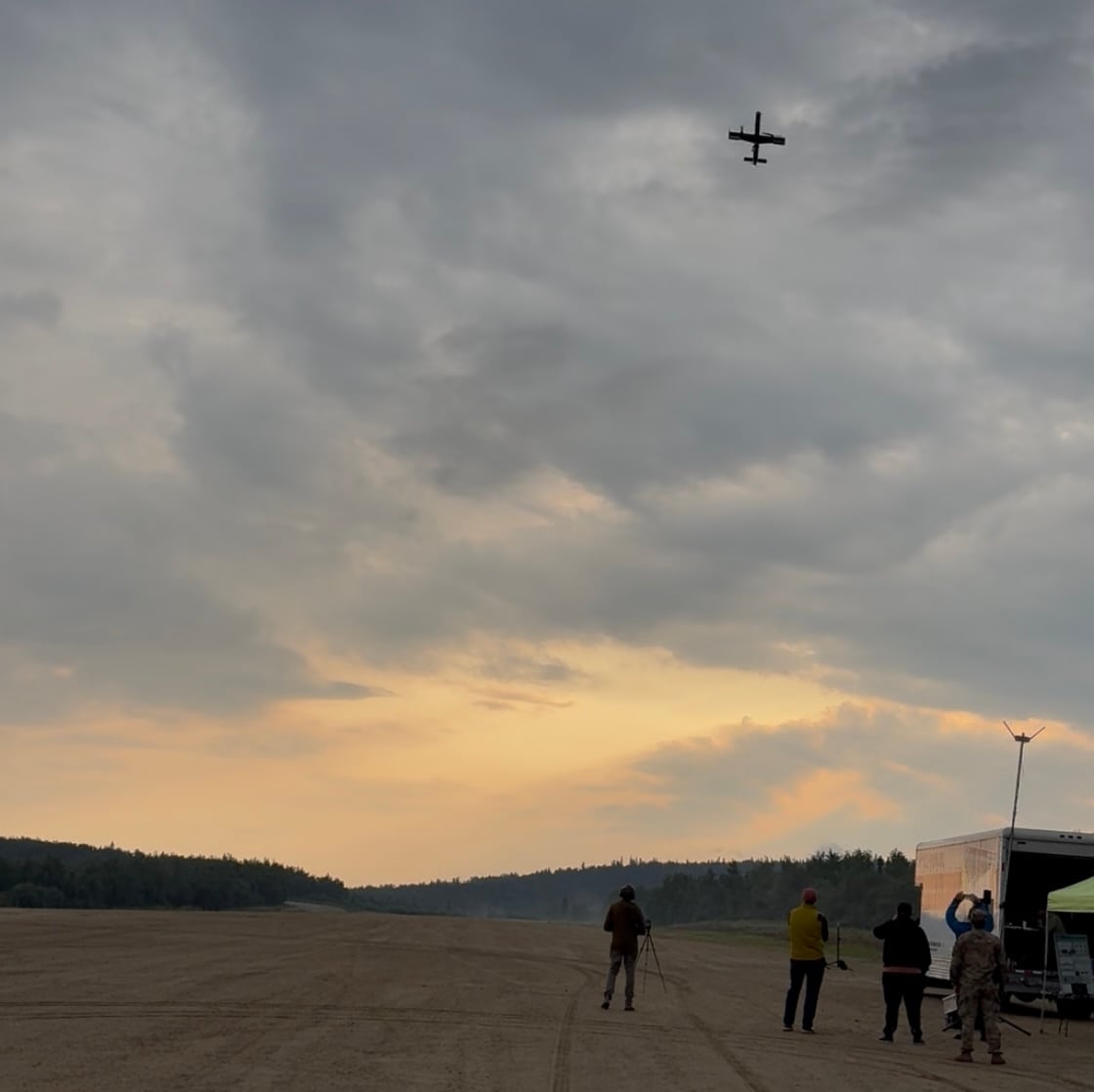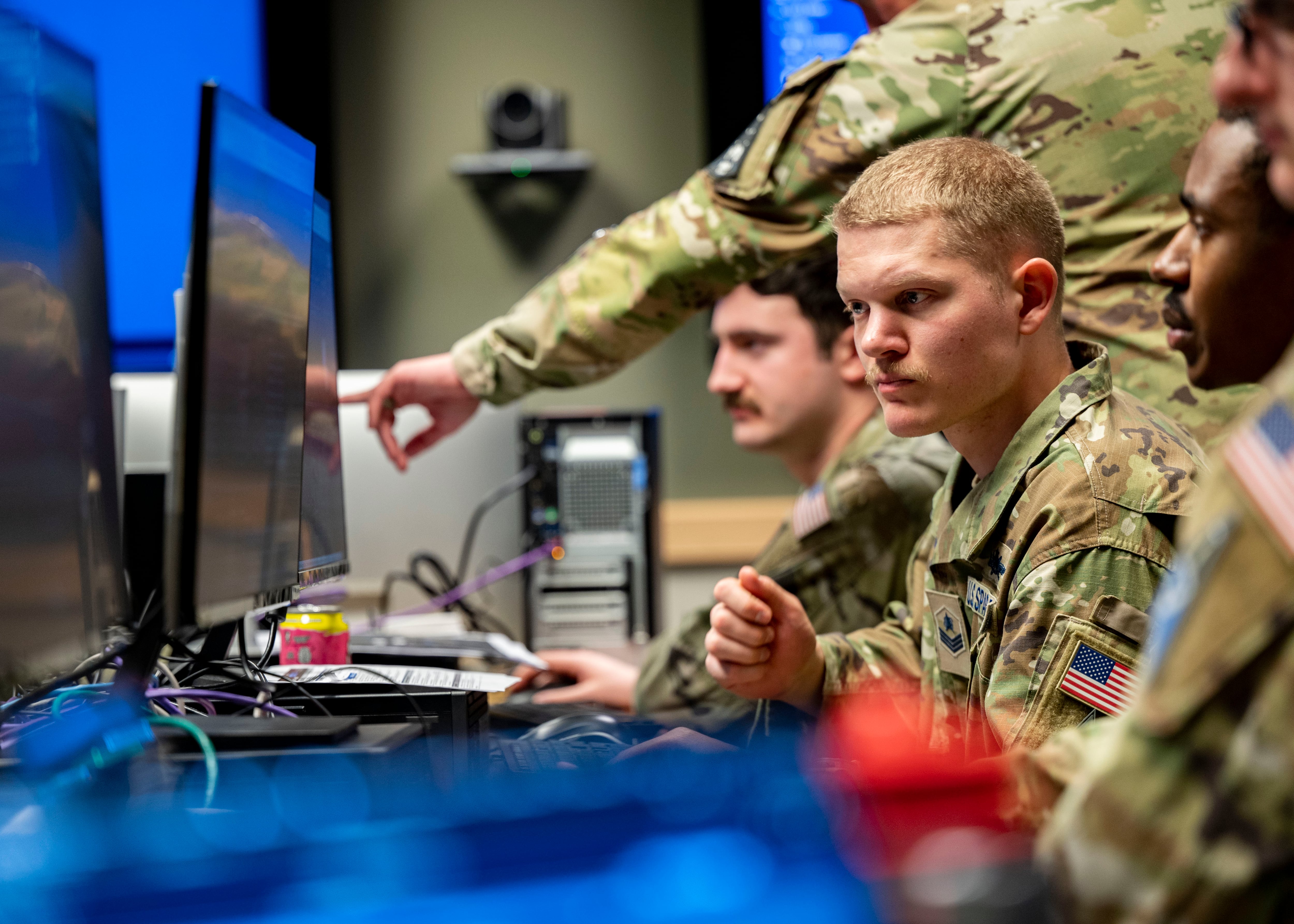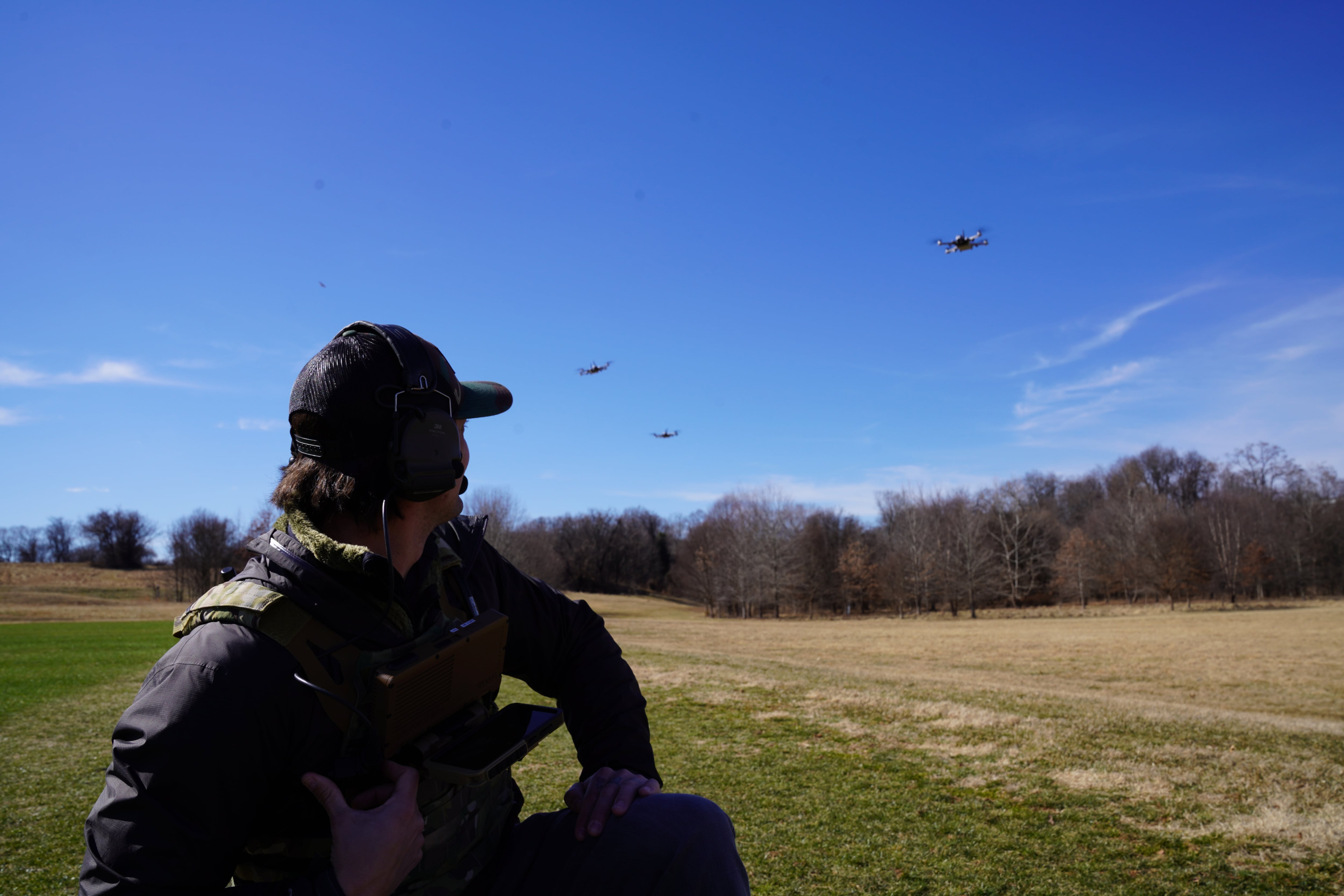A robot warship of the Defense Advanced Research Projects Agency has tested another interesting device: a sort of hang-gliding sensor.
DARPA's Anti-Submarine Warfare Continuous Trail Unmanned Vessel (ACTUV), an autonomous sub-chaser, sailed with its first payload. The Towed Airborne Lift of Naval Systems (TALONS) uses a tether and parachute to hover behind a towing vessel.
"The TALONS prototype started out from its ‘nest’ installed on the back of the ACTUV vehicle," according to a DARPA news release. "It then expanded its parachute and rose to an altitude of 1,000 feet, where it tested its on-board sensors and communications equipment. Once the test was complete, the prototype reeled itself in back to the nest. The entire process took place as the ACTUV vehicle maneuvered at operationally realistic speeds."
"While aloft, TALONS demonstrated significant improvements to the range of the sensors and radios it carried compared to mounting them directly on a surface vessel," DARPA said. "For example, TALONS’ surface-track radar extended its range by 500 percent — six times — compared to its range at sea level. Its electro-optical/infrared scanner doubled its observed discrimination range. The TALONS team plugged in a commercial handheld omnidirectional radio; that radio’s range more than tripled."
The ACTUV project is scheduled to move from DARPA to the Navy by 2018.








